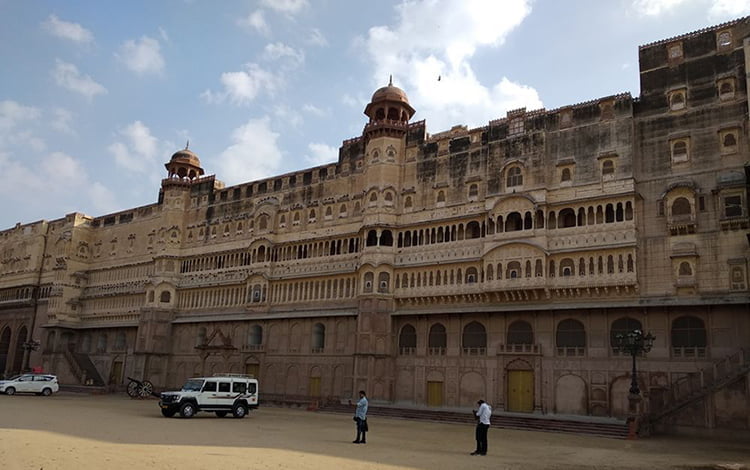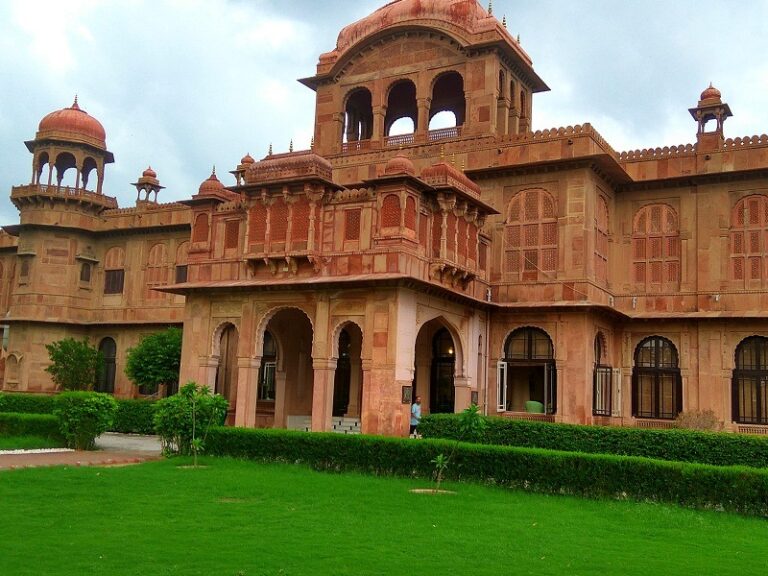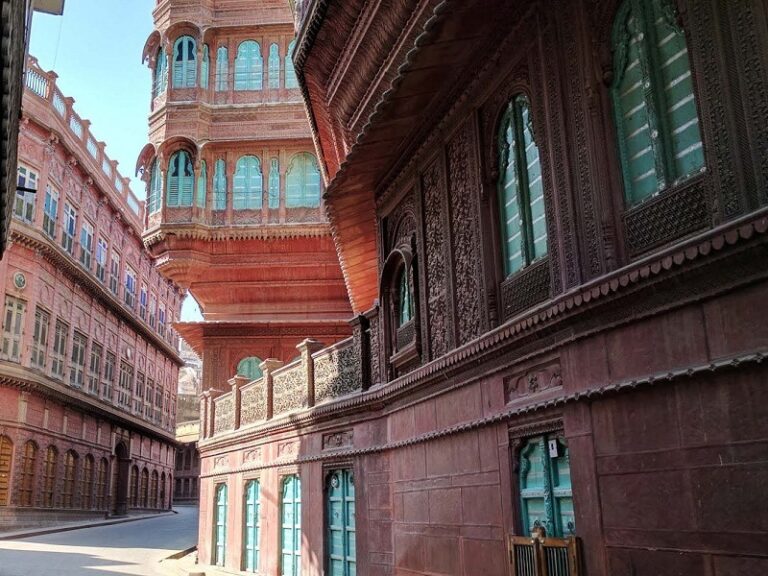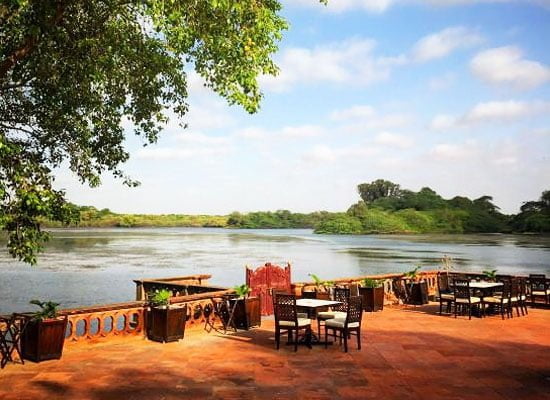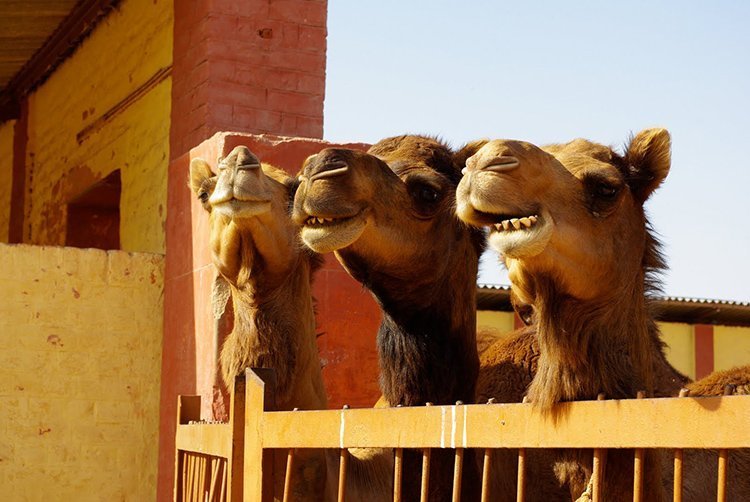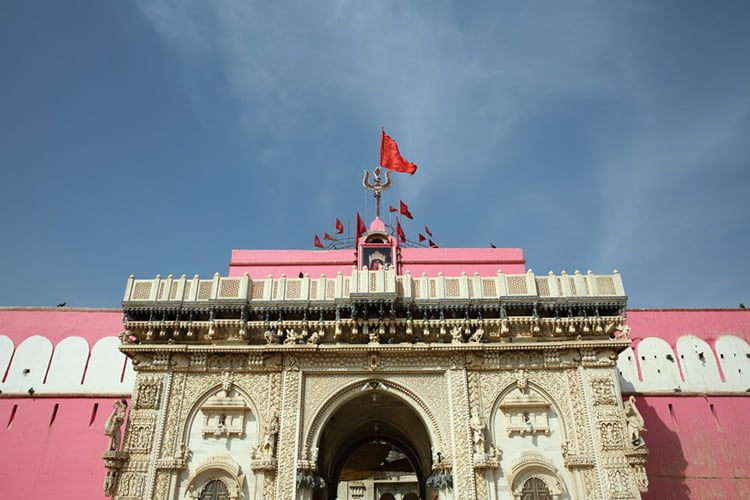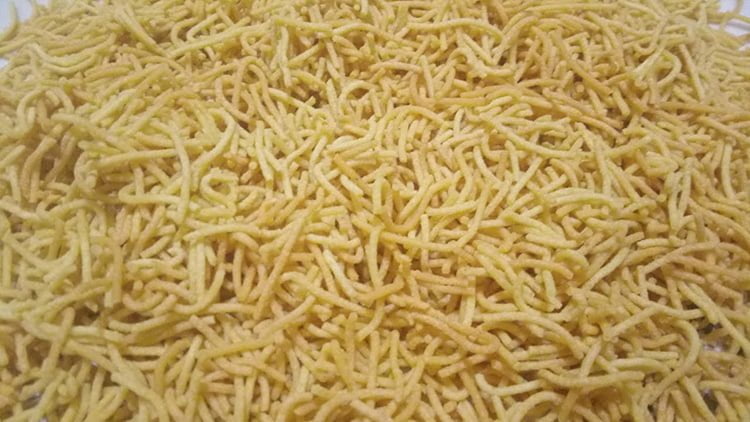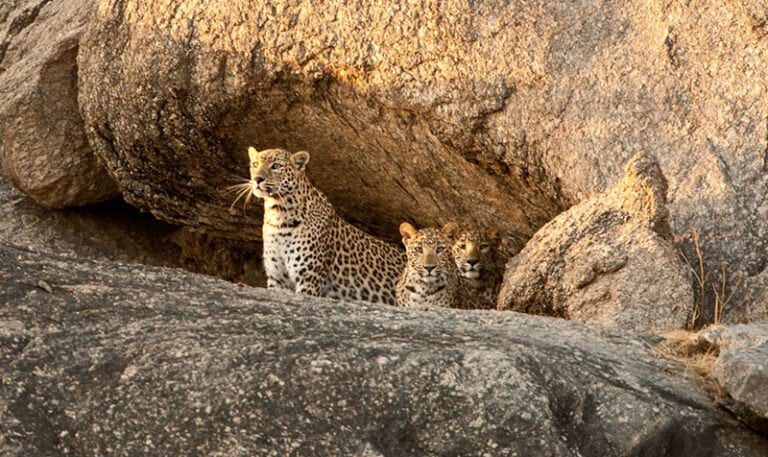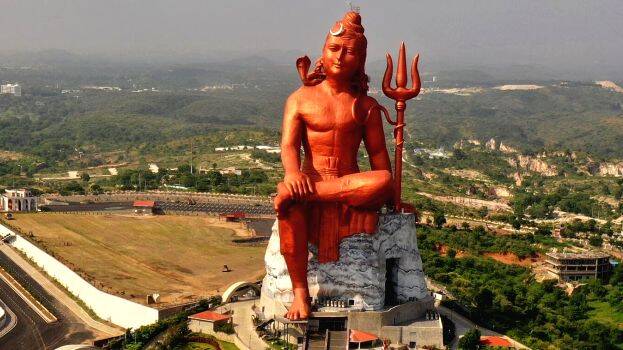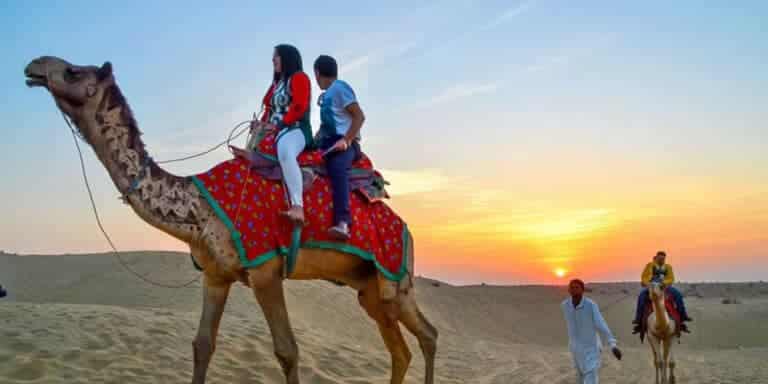Monday to Saturday - 8:00 -17:30
Places to visit in Bikaner Rajasthan 2021

In the year 1488, Rajput prince Rao Bika, a Rathore Rajput, and an elder son of Rao Jodha, king of Marwar, left his durbar in annoyance after hearing a remark from his father. Bikaji then started traveling and came upon the wilderness called Jangladesh. And that’s where he decided to set up his kingdom and transformed it into an impressive city called Bikaner.
Bikaner was publicly known as “Jangladesh. The city is adorned with gigantic and spectacular forts and palaces that tell the world about the opulence of its rulers. Bikaner is a cultural paradise and a traveler’s haven. This city will hold you captive in its forts, mesmerize you with its scenic beauty, and astonish you with its glorious past. With extremely fascinating places to visit in Bikaner. Located in the northwestern region of Rajasthan, Bikaner is the administrative headquarters of the Bikaner District and Bikaner division. Currently, the state carries the tag of the fourth largest city in Rajasthan and has a major role in the development of Rajasthan infrastructure.
Junagarh Fort
Junagarh Fort is located amidst the Thar Desert and was built by Raja Rai Singh in 1594. An undefeated and unconquered fort that still stands tall and narrates tales of the glorious past, Junagarh fort is one of the truly mesmerizing places to visit in Bikaner.
The unique amalgamation of Mughal and Gujarati architecture makes this fort one of its kind. Its soaring beauty and picturesque surrounding provide photographers with a lot of options to capture. There is a museum as well which was established in 1961 by Maharaja Dr. Karni
Lalgarh Palace
Commissioned by Maharaja Ganga Singh in the memory of his father Maharaja Lal Singh between 1902 & 1926.
Lalgarh is one of the newer palaces of Bikaner and was also made using red sandstones for Maharaja Ganga Singh of Bikaner. It is a three-story complex, which represents a mix of British as well as Architectural, style and is stretched across sprawling lawns. You can either stay here or visit for a meal at Ranbanka Cafe and check out this palace from inside. Or you can simply visit Sri Sadul Museum.
Ganga Singh Museum
One of the most popular museums in Bikaner, Ganga Government Museum was founded in the year 1937 by Maharaja Ganga Singh on the golden jubilee year of his reign. The museum is a treasure house of fine collections of historical objects, sculptures, and other wonderful artwork. The displays here follow the historical hierarchy. One of the highlights of the Ganga Government Museum is the Silk Robe of Shehzada Salim. An exquisite collection of the miniature is another famed attraction.
Alongside that there are some of the amazing works of pottery, paintings, terracotta artwork which will give a peek to the Indian heritage.
Rampuria Haveli
This majestic haveli was constructed in the 15th century for Balujee Chalva. This is often called “the pride of Bikaner”, Rampuria Haveli proudly stands in the middle of the old town.
The Havelis in this part of the city were built many years ago by the noble families and merchants of Bikaner. Back in those days, Bikaner emerged as a business hub because it was on the trade route between Central and Western Asia. Bikaner is famous for its magnanimous Havelis and houses that have been made with intricate carvings and jharokhas that give a reminiscence of palaces itself.
Gajner Lake
This artificial lake offers a spectacular sight to travelers. Looming towers located at the lake entrance make it one of the symbolic places of Bikaner. Once a summer holiday home of the royals, the lake is now part of a luxury hotel. Boating can be enjoyed in the solar-powered boats at the lake. During the winter months, the lake becomes home to more than a hundred species of migratory birds including the Imperial Sand Grouse.
The property also houses the Gajner Wildlife Sanctuary that was a famous hunting ground of the royal family.
National Research Centre on Camel
Various breeds of camels are studied at this research center as they are very important for the fragile eco-system of the desert. There is a museum in this research centre which depicts the research and developmental aspects of camels. Facilities like camel riding and Safari are also available. One can also enjoy beverages and ice-creams made of camel milk. It is also known as Camel Breeding Farm and was established in 1984 by the central government..
Karni Mata Temple
One of the unique places to visit in Bikaner, the Karni Mata Temple is dedicated to Karni Mata, an incarnation of goddess Durga. The temple is believed to be the abode of over 20,000 rats. The visitors worship these rats and offer prasad to them for they are believed to be the sons of Karni Mata. The silver gate and intricate marble carvings of the temple add to its charm.
The temple witnesses a huge number of visitors and curious tourists from all over the World just owning to the presence of these “rats”.
Try Bikaner’s Famous Namkeen – Bikaji ki Bhujia
Popular crispy snack prepared by using moth beans and besan and spices. Namkeens are an important part of Indian culture. Bikaner’s namkeen – especially Bhujia is famous all over India for its taste. You should not only try it for yourself but should consider buying it as a gift for your friends too. You can also try many Rajasthani mouth-watering snacks here.
How to reach Bikaner?
The easiest way to reach Bikaner is by train. You can do the train journey overnight from Delhi This is the smartest and the most affordable way to reach Bikaner from North India.
Alternatively, you can also drive to Bikaner from Delhi, Agra, Jaipur and, Punjab. The condition of the road beyond Jaipur is pretty good. Another way of reaching Bikaner is by flying to the nearby Jodhpur (4-5 hours away) or Jaipur (6-7 hours away).
The best time to visit Bikaner is from October to February.
If you are reading this then, please send your thoughts in the comment box. Thank you!
Disclaimer: We do not take credit for some of the licensed paid images used in our blogs, whether from Google Images, Fotolia & Shutterstock.
All such images are the copyrights of their respective owners and we try to provide credit for them wherever we can. If, however, any copyright image has been used on our blog, the concerned person can either mail us directly to remove the image or provide credit to whomsoever the image may belong.

